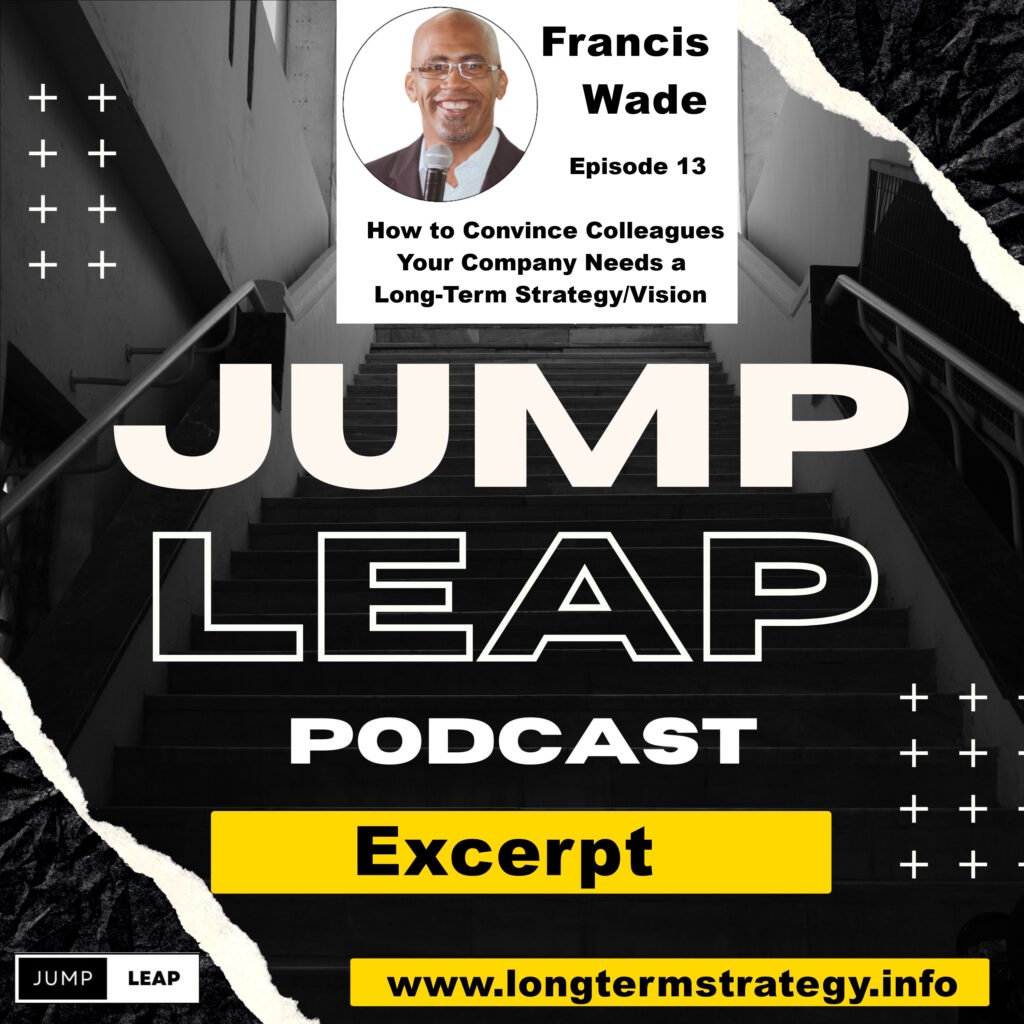As a leader, you navigate a relentless sea of deadlines and short-term goals. The pressure to be agile and decisive is immense. Yet, amidst the daily chaos, a powerful tool often gets neglected – the long-term vision. You might believe it’s a luxurious indulgence, a distant dream with little bearing on the here and now. But what if I told you that fostering a vision for a faraway future can have a profound impact on your company’s immediate performance?
Beyond the Transaction: Unlocking Deep Inner Motivation
Think about the difference between extrinsic and intrinsic motivation. Many managers rely on the former – bonuses, commissions, and other forms of immediate rewards. These tactics can get results, but they fail to tap into the wellspring of human drive that lies beyond mere compensation.
Consider the most inspiring individuals you know. They may dedicate years to raising children, contribute to charity, or pursue long-term educational journeys. These actions highlight the power of delayed gratification, where the inherent value of the goal fuels sustained effort.
Unfortunately, most companies fall short of harnessing this power. When every task is framed as a transactional exchange – “I give you money, you give me work” – employees become conditioned to expect a tangible reward for every action. This transactional approach stifles intrinsic motivation, leaving them feeling uninspired and disengaged.
But imagine if you offered your team a chance to invest in their own futures, a future inextricably linked to the company’s success. Here, we’re not talking about vague pronouncements about “balanced sheets” or “customer benefits.” You need to co-create a compelling vision of the future, one that resonates with everyone on board.
Think about the GraceKennedy 2020 Vision and Vision 2030 Jamaica projects. These initiatives, crafted collaboratively with hundreds of people, charted a course spanning over two decades. Despite their extended timeframes, they demonstrably ignited immediate action.
In some companies, employees are so energized by their shared vision, they even volunteer to sell products on their own time. This illustrates the power of a long-term vision to motivate and inspire immediate action.
Navigating Storms with Purpose: Focus During Emergencies
In today’s volatile business landscape, agility and adaptability are crucial. You need a workforce that can respond swiftly to unforeseen challenges. However, relying solely on a reactive, adrenaline-fueled approach has its limitations. Chronic stress can lead to burnout, and a workplace solely focused on solving the immediate problem at hand lacks direction.
This is where a long-term vision steps in. It provides the necessary context that goes beyond simply “getting through the day” or “surviving the crisis.” It allows your employees to remain two-headed, addressing immediate challenges while keeping the long-term vision in sight.
Let’s use customer service as an example. Reactive customer service often prioritizes every single complaint, regardless of its validity. But a strategic vision, informed by a long-term perspective, can create a framework for prioritizing customers. Remember Michael Porter’s quote: “Strategy is about making choices, trade-offs; it’s about deliberately choosing to be different.”
When your employees understand the invented future, it shapes each customer interaction as a strategic choice, not just an obligation. They can use the vision to guide their decisions, prioritizing interactions that align with the company’s long-term goals.
These are just a few examples of how a long-term vision can positively impact your immediate performance. A forward-looking vision acts as a test of your leadership clarity – the ability to inspire action today by painting a compelling picture of tomorrow. When you plant the seeds of a distant future, you cultivate a more engaged, motivated, and strategically focused workforce that can weather any immediate storm and navigate towards a brighter shared future.
This revised version maintains the use of the second person (“you”) while offering a more professional and engaging tone. It emphasizes concrete actions you can take and highlights the practical results of fostering a long-term vision.


